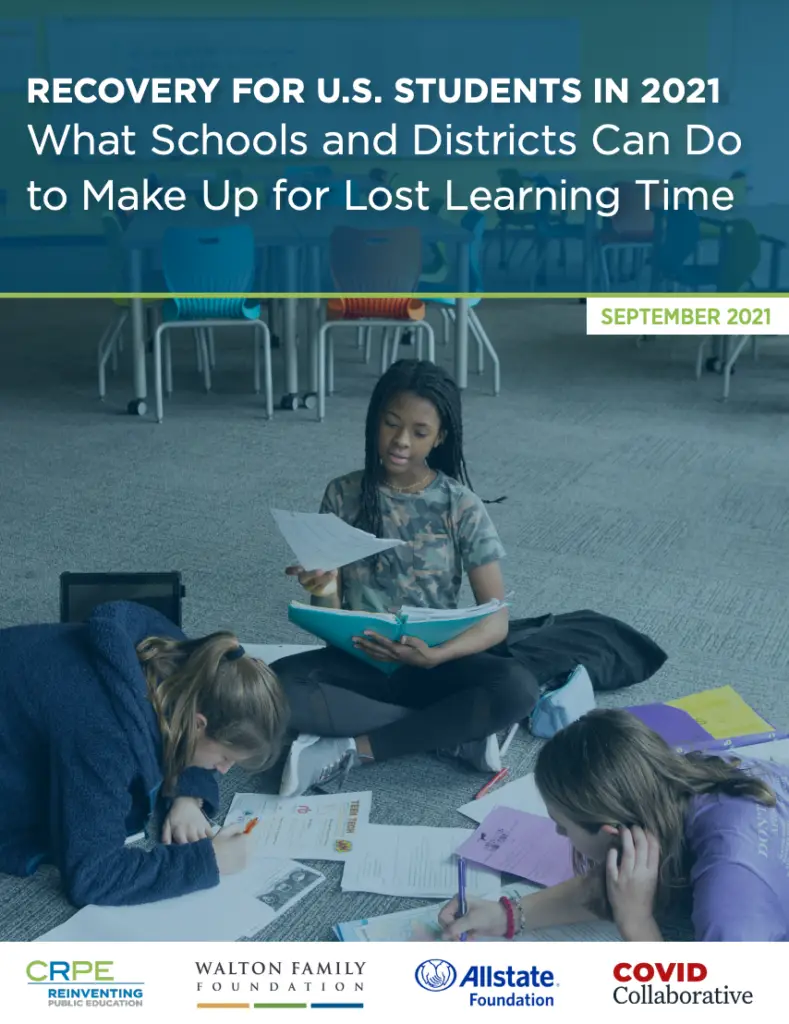After eighteen months of school closure and disrupted learning, civic leaders, researchers, and educational leaders are getting a clearer picture of how students fared through the pandemic, and what new reality school systems face as they return to in-person schooling in 2021–22. Increases in community infection rates and parent hesitancy have thrown districts back into uncertainty, making it all the more critical to ensure continuity of learning and well-being for students who may not be able to return to classrooms as quickly as planned, and may face continued disruptions due to quarantines.
As students return to a third year of disrupted learning, school and system leaders cannot lose sight of our schools’ most critical charge this year: addressing unfinished learning and restoring student well-being.
While gauging the academic impacts of the pandemic through spring 2021 has been challenging, a body of evidence is emerging from a range of public and private institutions studying this question from different angles. The best interpretations of the most reliable information available underscore a few critical observations:
- The average student mastered less academic content this year because of the pandemic and associated disruptions to schooling.
- The pandemic’s average impacts on academic achievement, while significant, mask substantial variation in impacts across subjects, grades, demographic groups, and geography.
- The evidence to date likely understates both the average academic impacts of the pandemic and the opportunity and achievement gaps it has produced.
- Declines in student well-being indicators could diminish future conditions for successful learning.
We propose the following six principles, some of which districts are already applying, to ensure students experience a positive, healthy, and restorative schooling experience this year.
- Provide each student an individualized, three-year instructional plan that uses data to address their academic, social, and emotional needs.
- Prioritize strategies that honor and re-engage students most impacted by the pandemic.
- Use tutoring, extended learning time, and early diagnostic systems to strengthen student foundations in math and early literacy.
- Provide at least one quality remote option while safely reopening schools in person.
- Pilot new structures for learning, such as flexible schedules, prioritizing content mastery over seat time, and new ways of structuring school.
- Create coherent, aligned systems of support for educators and families.
This moment demands new, bold leadership from all of us who touch the lives of students—from civic leaders to policymakers to system leaders to educators. Fast action and transformative change can prevent long-term harm.







